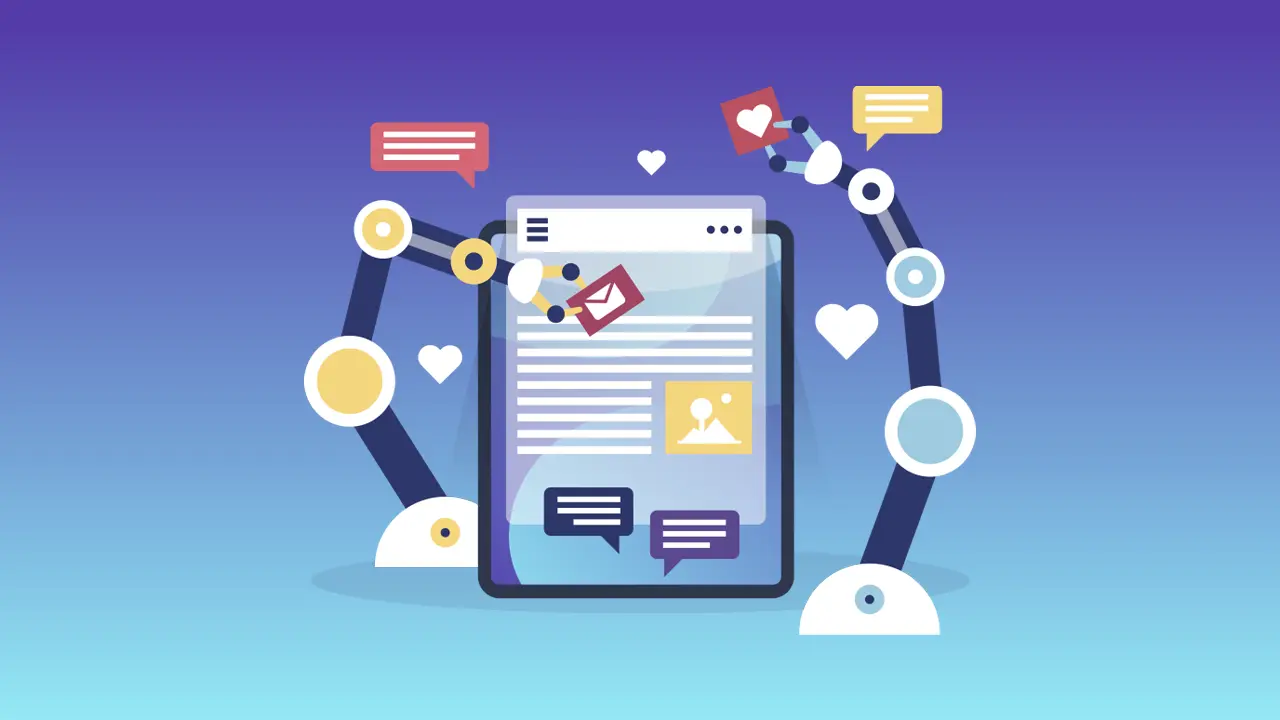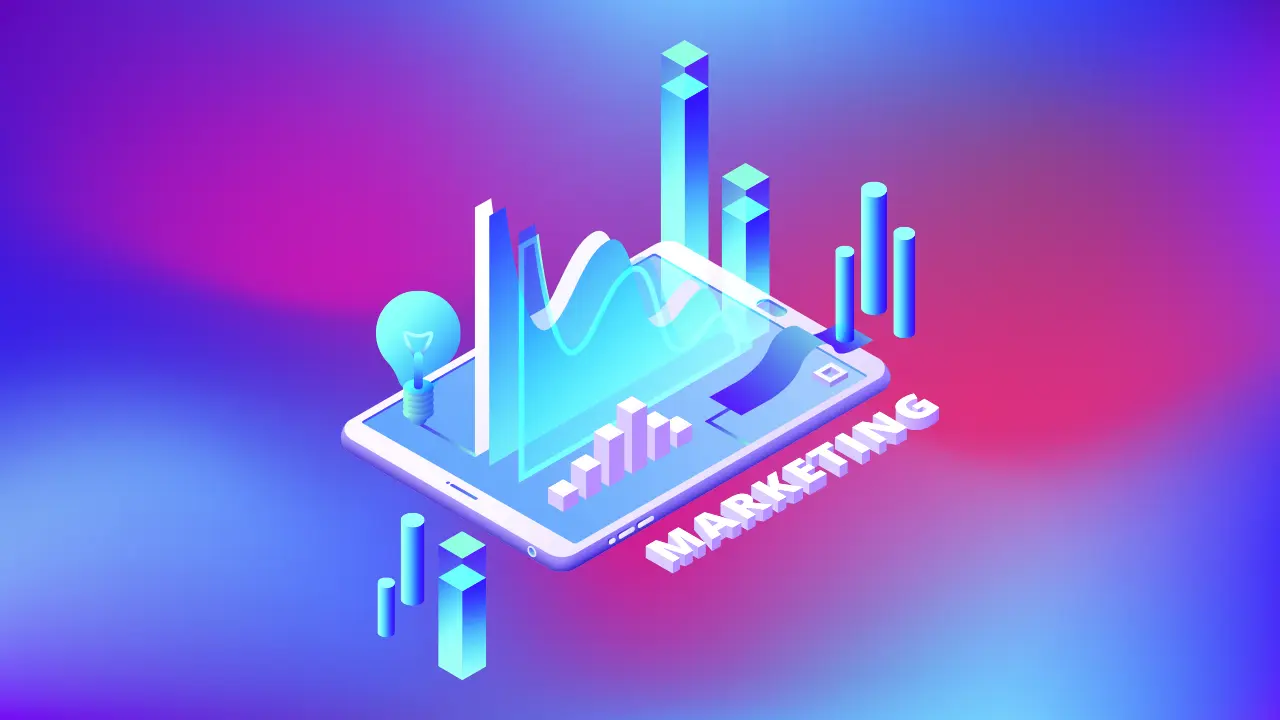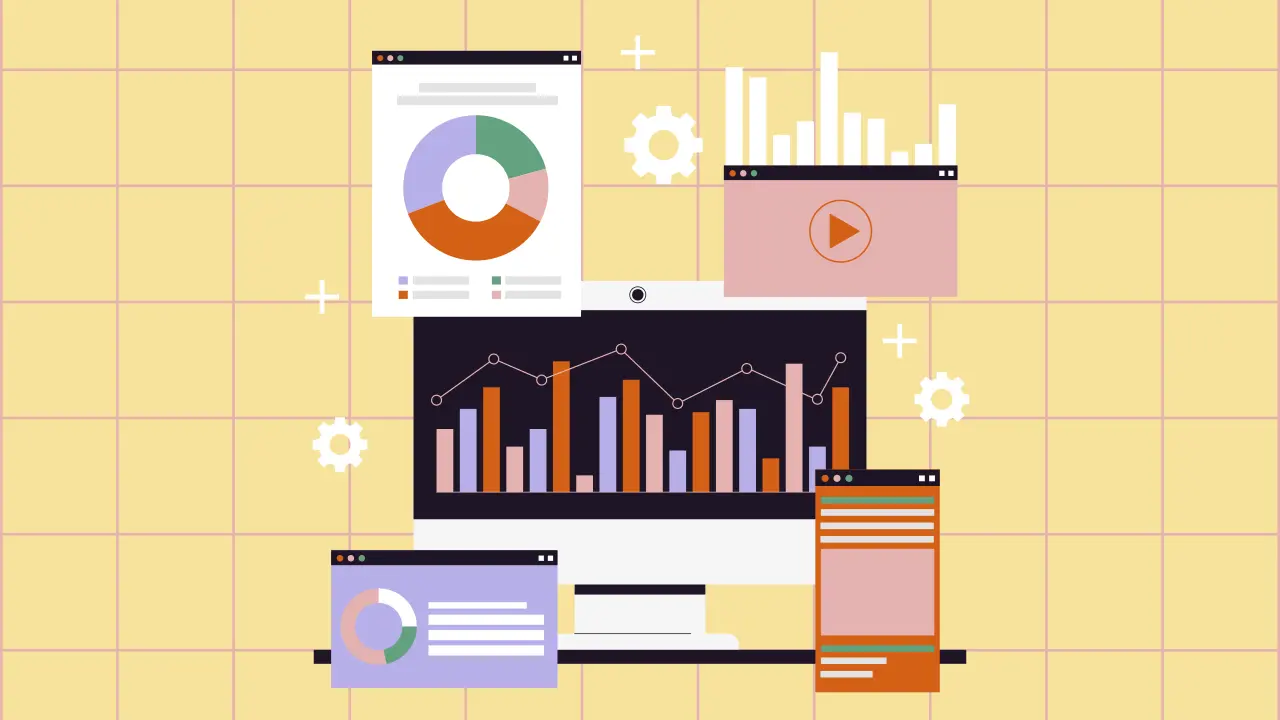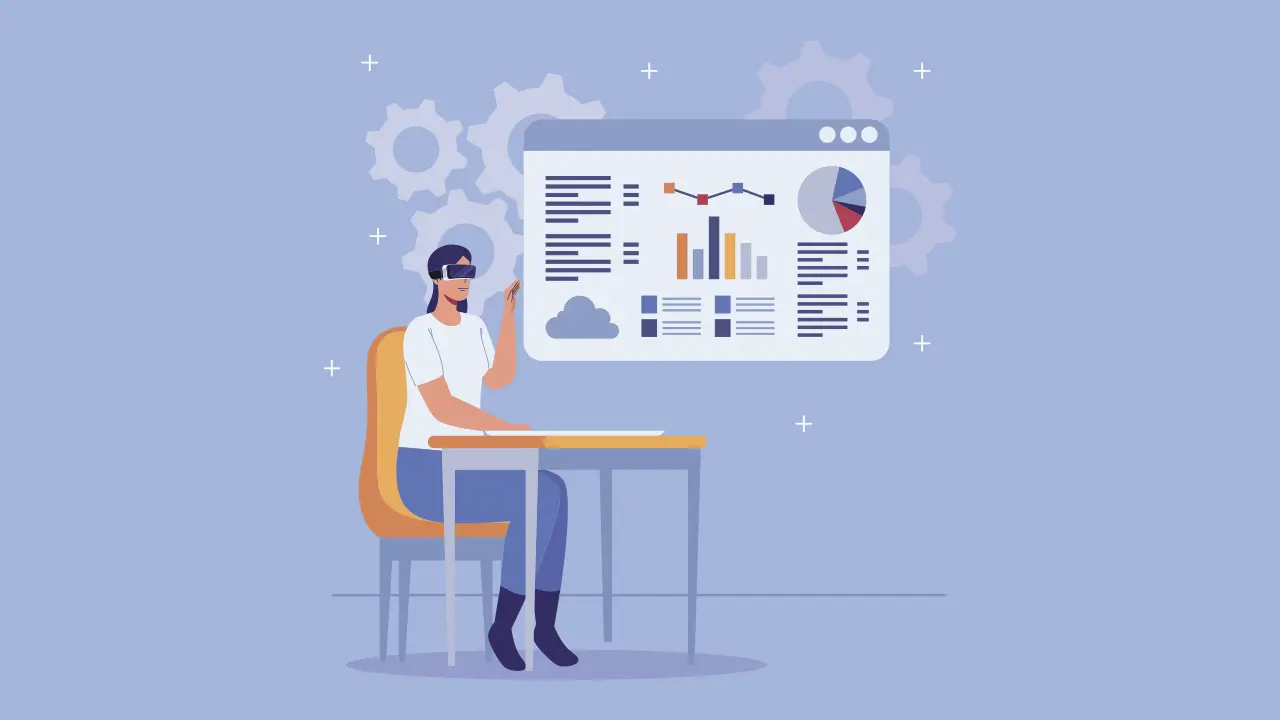In today’s fast-paced digital environment, AI in marketing automation is no longer a luxury — it’s a necessity.
By embedding intelligent systems into your workflows, you move from static processes to adaptive, performance-driven strategies that continuously learn and improve.
This shift toward AI in marketing automation allows brands to respond to real customer behaviour in real time, improve targeting accuracy, and scale campaigns without exponentially increasing costs or complexity.
Why marketing automation needs AI

Traditional automation systems rely heavily on predefined rules, schedules, and manual triggers.
While efficient to a degree, these systems struggle to adapt when customer behaviour changes or when campaign performance varies unexpectedly.
This is where AI in marketing automation transforms the equation.
By introducing machine learning and predictive analytics into automated workflows, marketers gain systems that evolve alongside their audience.
Instead of reacting to performance data after the fact, AI-enabled platforms adjust campaigns proactively, learning from patterns and reshaping strategies in real time.
This evolution also aligns closely with broader AI digital marketing strategies and the growing ecosystem of advanced AI tools, which together redefine how scalable and intelligent modern campaigns can become.
As one industry expert noted, “AI doesn’t just automate tasks — it redefines how marketing decisions are made by predicting what customers want before they express it.”
This predictive capability is what separates basic automation from intelligent automation that truly drives growth.
Benefits of AI-driven automation for marketing campaigns

The real power of AI in marketing automation lies in its ability to improve results while reducing operational effort.
Rather than replacing marketers, it enhances their ability to operate at scale with greater precision.
Reducing workload and increasing productivity
Before diving into tactical applications, it’s important to understand the efficiency gains AI introduces.
Marketing teams often lose valuable hours to repetitive actions like scheduling, reporting, and audience segmentation.
With AI in marketing automation, these workflows become streamlined, reducing human intervention while improving consistency and speed.
This efficiency shift allows marketers to focus on creative strategy and customer experience design instead of administrative tasks.
Automation powered by AI also lowers the risk of human error, ensuring campaigns run smoothly and remain aligned with performance goals.
Delivering personalization at scale
Personalisation is no longer optional in modern marketing. Customers expect content that reflects their preferences, behaviours, and buying history.
AI in marketing automation enables this level of sophistication even when targeting thousands — or millions — of users.
Instead of generic email campaigns or broad messaging, AI can tailor content based on user behaviour, browsing history, and engagement signals.
This micro-level targeting significantly increases click-through rates and conversion performance while building stronger brand engagement over time.
Optimizing campaigns in real time
A major benefit of AI marketing tools is real-time optimization.
Rather than waiting for weekly or monthly reports, AI can continuously monitor campaigns — from emails to ads to social — evaluate performance, and make adjustments as needed.
That might involve tweaking ad bids, changing messaging, or reallocating budget to higher-performing segments.
This dynamic optimization increases ROI and reduces wasted spend, because campaigns stay responsive to real customer behavior instead of static assumptions.
Where to apply AI automation in your marketing stack

Once you understand the strategic value, the next step is identifying where AI in marketing automation can have the most immediate impact.
Implementation should be gradual and aligned with your campaign objectives.
Email marketing and lead nurturing
Email remains one of the highest ROI channels available, and AI dramatically enhances its effectiveness.
By automating segmentation, subject line optimization, and send-time prediction, AI increases engagement without increasing workload.
Smart nurturing flows adapt based on how leads interact with previous messages, ensuring prospects receive relevant follow-ups instead of generic sequences.
Social media and content scheduling
AI can manage the timing and frequency of social posts, ensuring your content reaches audiences when engagement potential is highest.
It can also recommend content themes based on trending topics and audience preferences, creating a consistent and optimized posting schedule.
This approach helps brands maintain visibility while ensuring content strategy stays aligned with audience interest patterns.
Lead scoring and segmentation
Effective targeting depends on understanding which leads are most likely to convert.
With AI in marketing automation, scoring systems evaluate user behaviour, engagement frequency, and intent signals to prioritise high-quality prospects.
This allows marketing and sales teams to sync efforts more effectively, ensuring qualified leads receive appropriate attention at the right time.
Real-time ad and campaign optimization
For paid campaigns, AI dynamically manages targeting, bidding strategies, and creative variations.
It constantly refines audience profiles and redistributes spend toward high-performing segments, reducing wasted ad budget and improving return on ad spend.
This creates a self-adjusting system where campaigns learn from performance trends instead of waiting for scheduled reports.
Building an AI-automated campaign workflow
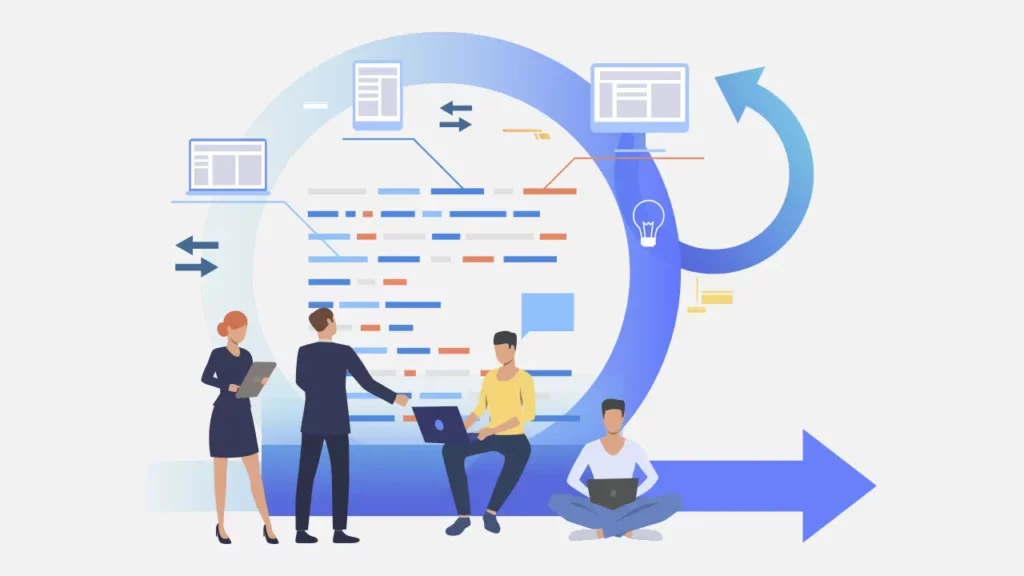
Implementing AI in marketing automation starts with a clearly defined strategy.
Identify objectives such as higher conversions, improved engagement, or reduced operational costs.
From there, select platforms that integrate AI features like predictive analytics and automated decision-making.
Begin with small pilot campaigns to evaluate performance improvements.
Measure results based on engagement metrics, conversion rates, and customer retention. Gradually expand automation into multiple channels for a unified marketing ecosystem.
If your content strategy includes audio or multimedia, incorporating an AI voice generator like Typecast can further streamline production, enabling automated voiceovers for ads, tutorials, and branded videos without increasing production timelines.
Common challenges and how to overcome them
While the advantages of AI in marketing automation are substantial, implementation is not without challenges.
Poor data quality can lead to inaccurate predictions, while excessive automation without human oversight can dilute brand voice and messaging clarity.
To avoid this, ensure your data pipelines are clean, structured, and compliant with privacy regulations.
Maintain human supervision over creative decisions while allowing AI to optimize delivery and performance-oriented tasks.
Balancing automation and creativity is essential.
AI should support strategic execution, not replace critical thinking or brand storytelling expertise.
The future of AI-powered marketing automation

Looking ahead, AI in marketing automation will continue evolving toward hyper-personalised, predictive ecosystems that anticipate consumer needs rather than reacting to them.
Integration with behavioural analytics, voice interfaces, and omnichannel experiences will redefine how brands engage their audiences.
Marketers who embrace AI early will gain a competitive advantage through improved efficiency, sharper targeting, and consistently optimized campaigns.
Conclusion
By adopting AI in marketing automation, you create smarter campaigns that learn, adapt, and evolve.
From reducing workload to enhancing personalisation and improving real-time decision-making, AI empowers marketers to scale intelligently and deliver more meaningful customer experiences.
With the right strategy, tools, and oversight, your marketing automation efforts can become a dynamic growth engine that fuels sustainable success.
